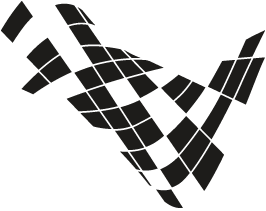Tom Gibbons is a research associate in The Department of Mechanical Engineering at The University of Sheffield. After completing his first degree in Mathematics with German at The University of Manchester, Tom moved to Sheffield to undertake an EngD entitled ‘Structural Modification for Chatter Avoidance in High Speed Milling’, working closely with Boeing and The Advanced Manufacturing Research Centre (AMRC). His current research focuses on integrating machine learning and machine vision systems into autonomous inspection and disassembly processes (AIMaREM).
Research interests
- Machine vision
- Machine learning
- Machining dynamics
- Structural modification
- Rotational degree-of-freedom measurement
- Structural dynamics
Current research
Machine Vision
Machine vision systems are used in the automation of engineering processes such as inspection, robot guidance, process control, and structural health monitoring. Methods such as stero-vision, structured light, and scanning-laser-vibrometer systems mimic the human visual system and allow computers to see in three dimensions. Using machine learning algorithms, vision systems can be used to recognise objects within a scnene and react accordingly; therefore, allowing for fully automated manufacturing processes such as dissasebly.
Chatter Avoidance
Chatter is a self-excited vibration that occurs during cutting operations such as milling. This has undesirable consequences such as poor surface finish, rapid tool and machine wear, and high noise levels; all of which lead to reduced production rates and increased production costs. Therefore, efforts to reduce and avoid chatter vibrations are of great importance to both industrial and academic engineers alike.
Structural modification allows for experimental and numerical models to be combined in order to predict the dynamic properties of complex structures. Such methods have been used to optimise the geometry of a tool holder, a principle component of any high-speed milling machine currently used in aerospace manufacture. This allows the user to shift the onset of chatter to more desirable spindle speeds, thus maximising the mass removal rate and increasing production rates.
Journal Papers
- Gibbons, T., Ozturk E., & Sims, N. Rotational degree-of-freedom synthesis: An optimised finite difference method for non-exact data. Journal of Sound and Vibration [submitted]
- Ozturk, E., Ozkirimli, O., Gibbons, T., Saibi, M., & Turner, S. (2016). Prediction of effect of helix angle on cutting force coefficients for design of new tools. CIRP Annals-Manufacturing Technology, 65(1), 125-128.

